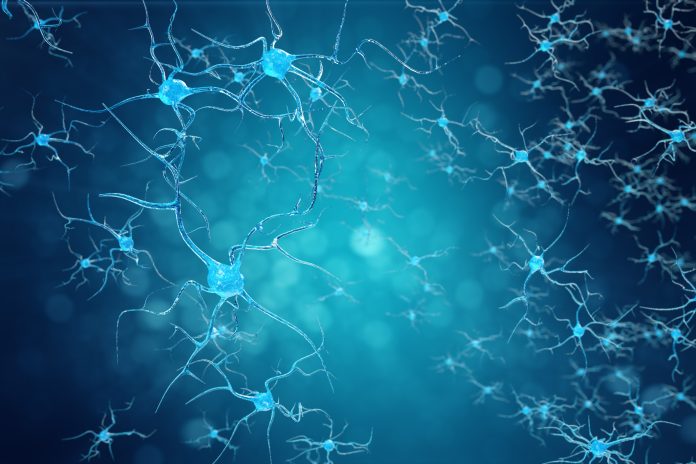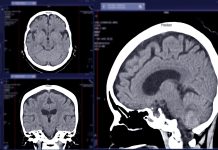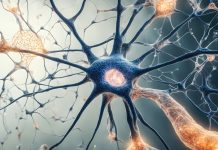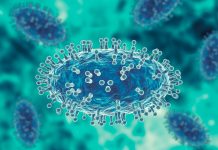Researchers using patient-derived stem cells reveal a rare ALS mutation triggers a chronic stress response in motor neurons, blocking it reverses damage in lab models, paving the way for new treatment strategies
A breakthrough study using patient-derived stem cells has identified how a rare ALS-causing mutation disrupts cellular communication, activating a chronic protective mechanism that ultimately damages motor neurons. Crucially, researchers were able to reverse this damage in the lab by inhibiting the stress response, suggesting a promising new therapeutic pathway for ALS treatment. This discovery opens up a new horizon of hope for potential ALS treatments.
The findings are detailed in the peer-reviewed journal EMBO Molecular Medicine.
Providing vital clues for treating ALS
A new study by Case Western Reserve University researchers used stem cells created from ALS patients to target a specific gene as a kind of shut-off valve for a stress that affects nerve cells, and this was successful. This success provides a solid foundation for further research and potential treatments.
Whilst the research involved a rare type of ALS, the scientists are hopeful the results could provide insight into potentially treating the condition more widely. This potential for broader ALS therapies is a promising step forward in the field of ALS research.
“This work could help lay the foundation for genetically informed clinical trials,” said lead researcher Helen Cristina Miranda, an associate professor of genetics and genome sciences at Case Western Reserve’s School of Medicine.
Blocking the stress response reversed damage
The researchers studied an inherited type of ALS caused by a mutation in a gene (vesicle-associated membrane protein B, or VAPB). The VAPB gene provides instructions for making a protein that helps link different parts of the cell so they can communicate and respond to stress.
“This is especially important in nerve cells,” Miranda said. “When they break down, the neurons become more vulnerable to degeneration.”
iPSCs, or induced pluripotent stem cells, are special cells created in the lab from a person’s skin or blood that can be turned into almost any cell type in the body. In this study, the researchers used iPSCs from ALS patients to grow their motor neurons in a dish, allowing them to study the disease using real human cells.
The researchers found a mutation in the VAPB gene that disrupted communication between key parts of the cell, specifically between the endoplasmic reticulum (ER) and mitochondria. The ER acts like a quality control centre and helps produce and fold proteins, ensuring everything within the cells runs smoothly. Mitochondria generate the energy that cells, especially nerve cells, need to stay alive. This disruption leads to chronic activation of a mechanism called the Integrated Stress Response (ISR).
Although it was helpful, sustained ISR activation reduces protein production and impairs cell survival, leading to damaged motor neurons and contributing to this rare form of ALS. The researchers were able to identify the ISR as a potential therapeutic target.
“We also showed that blocking this stress response can reverse damage in the lab, a promising step toward future treatments,” she said. “That’s a promising proof-of-concept for future therapeutic strategies.”
The team’s study focused on a particular rare type of ALS, but they hope to expand the research to test whether the target might work on other forms of the disorder.
“It’s very rare, more prevalent in Brazil, but studying it gives us a window into how ALS motor neurons respond to stress,” Miranda said. “We are now testing ISR inhibitors in more complex neuromuscular models and exploring how this approach might benefit other ALS subtypes.”








